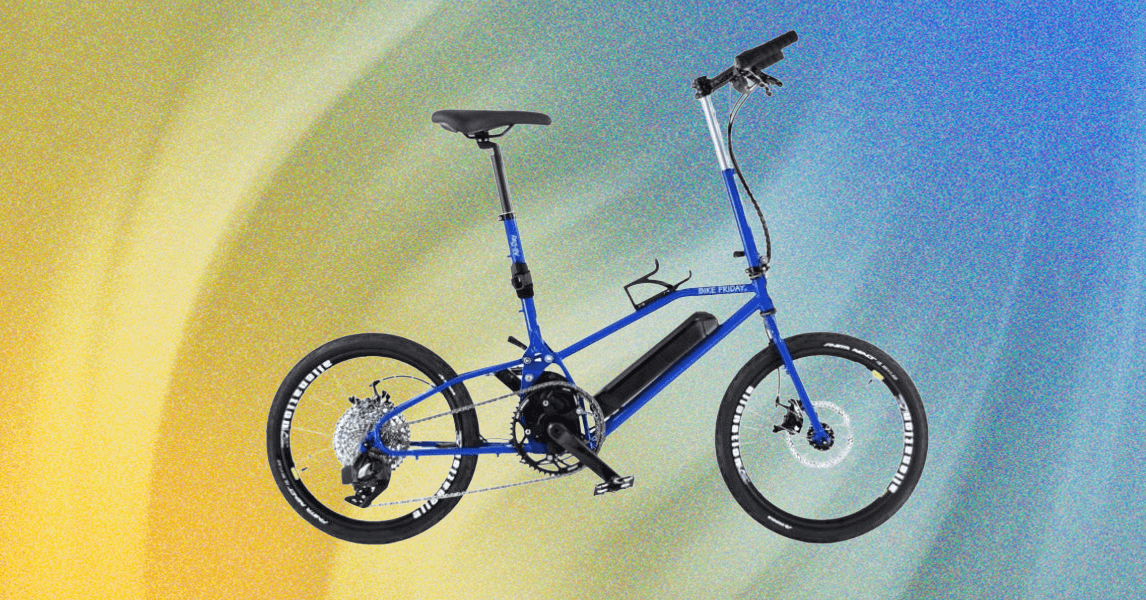Blog
Brooks Hyperion Max 3 review: my verdict after running 35 miles

The Brooks Hyperion Max 3 is a high-stack running shoe that’s built to offer a combination of both comfort and speed, but only really excels with regard to the former.
It’s a bit too big and heavy to be a really fast shoe, and lacks the versatility you can get from some plated training shoes, like the Nike Zoom Fly 6 or Hoka Mach X2.
While I did enjoy cruising through long runs in the Hyperion Max 3, it has too high a price to justify picking up for that purpose alone, when there are cheaper cushioned shoes that can do the job just as well, like the Asics Novablast 5.
Brooks Hyperion Max 3 review: price and availability
The Brooks Hyperion Max 3 launched in July 2025 and costs $200 in the U.S. and £170 in the U.K., which is a $20 price hike on the Hyperion Max 2. That price puts it up against great shoes like the Asics Superblast 2 and Hoka Mach X2, though it’s still a lot cheaper than the Brooks Hyperion Elite 5, the brand’s flagship carbon plate racer.
Brooks Hyperion Max 3 review: design and fit
The Hyperion Max 3 is currently available in two colors, one of which is the Fiery Coral/Black/Atomizer design I tested myself.
It stands taller than any Brooks shoe I’ve tested to date, with a stack height of 46mm at the heel and 40mm at the forefoot.
It’s the same 6mm drop as the previous model, but there’s a lot more foam underfoot, which results in a gain in weight. The Hyperion Max 3 weighs 10.6oz in my US men’s size 10, which is an ounce heavier than the Hyperion Max 2.
I found that the shoe fit me well in my normal running shoe size, the same size I’ve used for Brooks shoes across the range for the past decade.
Upper
The Hyperion Max 3 has a mesh upper with a sock-like fit. It’s quite open and breathable around the toes, but it is a bit oppressive around the tongue, and the rolled padding on the collar is a little too noticeable on the run for my tastes.
I tested the shoe in the summer, and it does run a little hot. Given the performance focus of the Hyperion Max 3, a more lightweight and stripped-back upper would feel better to me.
Midsole
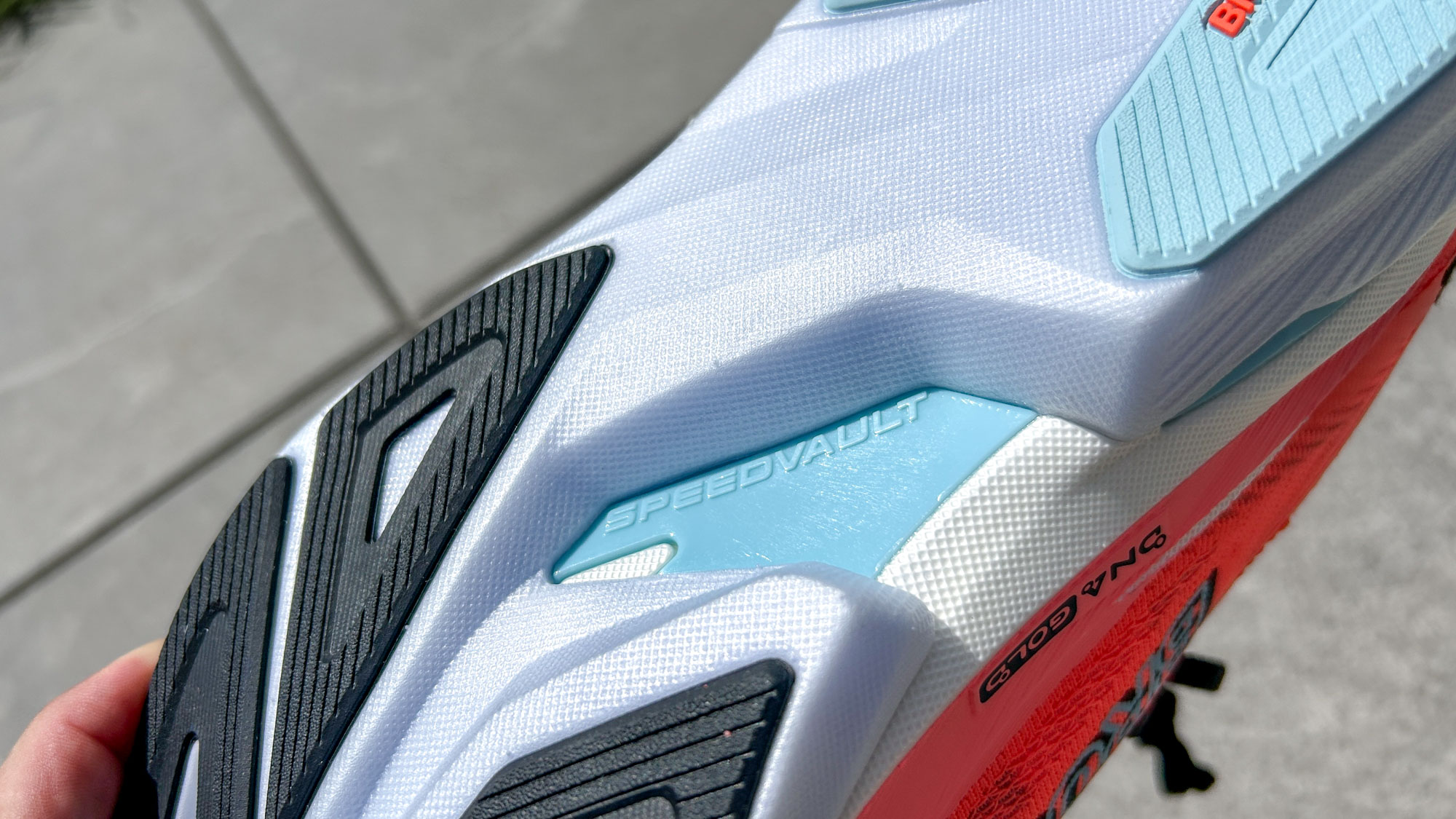
The midsole of the Hyperion Max 3 uses two different foams, with a springy top layer made from the PEBA DNA Gold foam used in the brand’s racing shoes, like the Brooks Hyperion Elite 5, and a firmer bottom layer made from DNA Flash v2, a nitrogen-infused EVA material.
In between those layers of foam is a plastic SpeedVault plate, which helps to stabilize the high stack of foam as well as adding some extra propulsion, without being as stiff as the carbon plates used in racing shoes.
Outsole
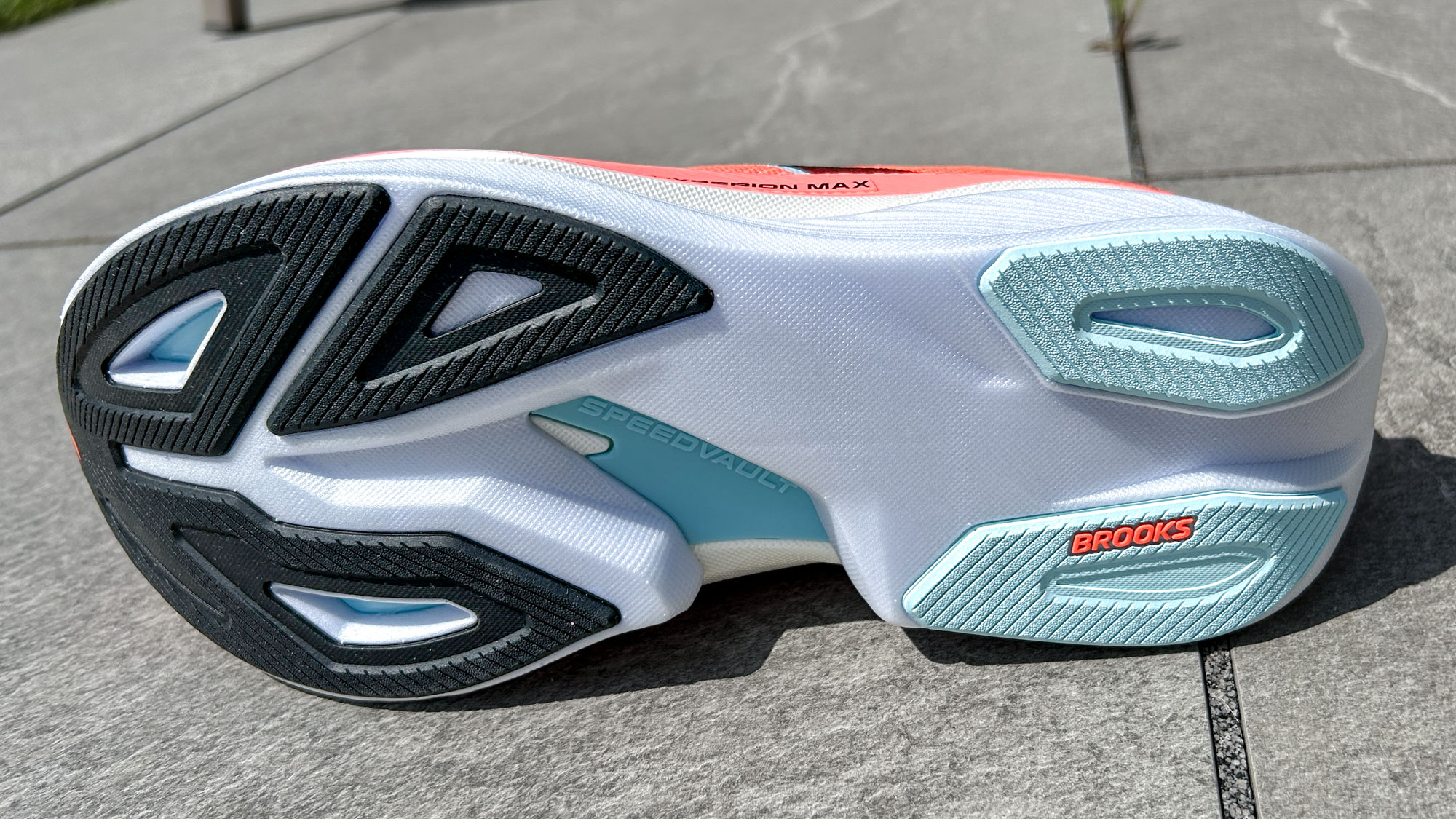
The Hyperion Max 3 has a RoadTack outsole, with rubber covering most of the forefoot and heel. The shoe has gripped well for me on all my runs, and it seems to be a hardy rubber with no signs of wear and tear as yet.
Brooks Hyperion Max 3 review: running performance
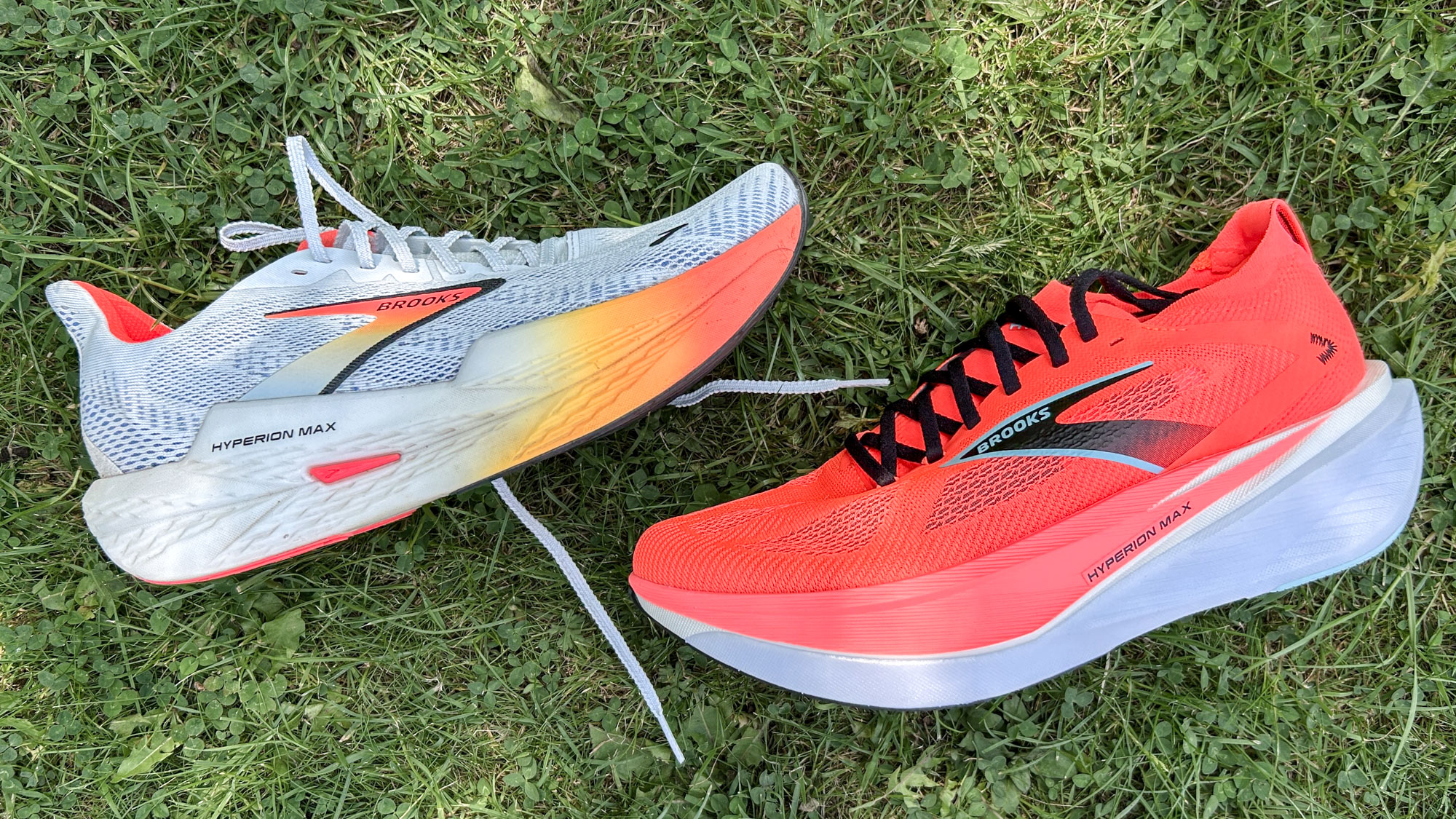
While it wasn’t the most exciting plated trainer on the market, I did like the Brooks Hyperion Max 2, and it offered a blend of stability, comfort, and speed that worked for runners who didn’t get on with more unstable options.
I was excited to try the Hyperion Max 3 because of the DNA Gold foam in the midsole, which I have enjoyed on the Hyperion Elite 4 PB and Hyperion Elite 5 racing shoes.
Owing to that foam, the Hyperion Max 3 is a bouncier shoe than its predecessor, and it’s a fun shoe for long runs in particular, thanks to the comfortable ride.
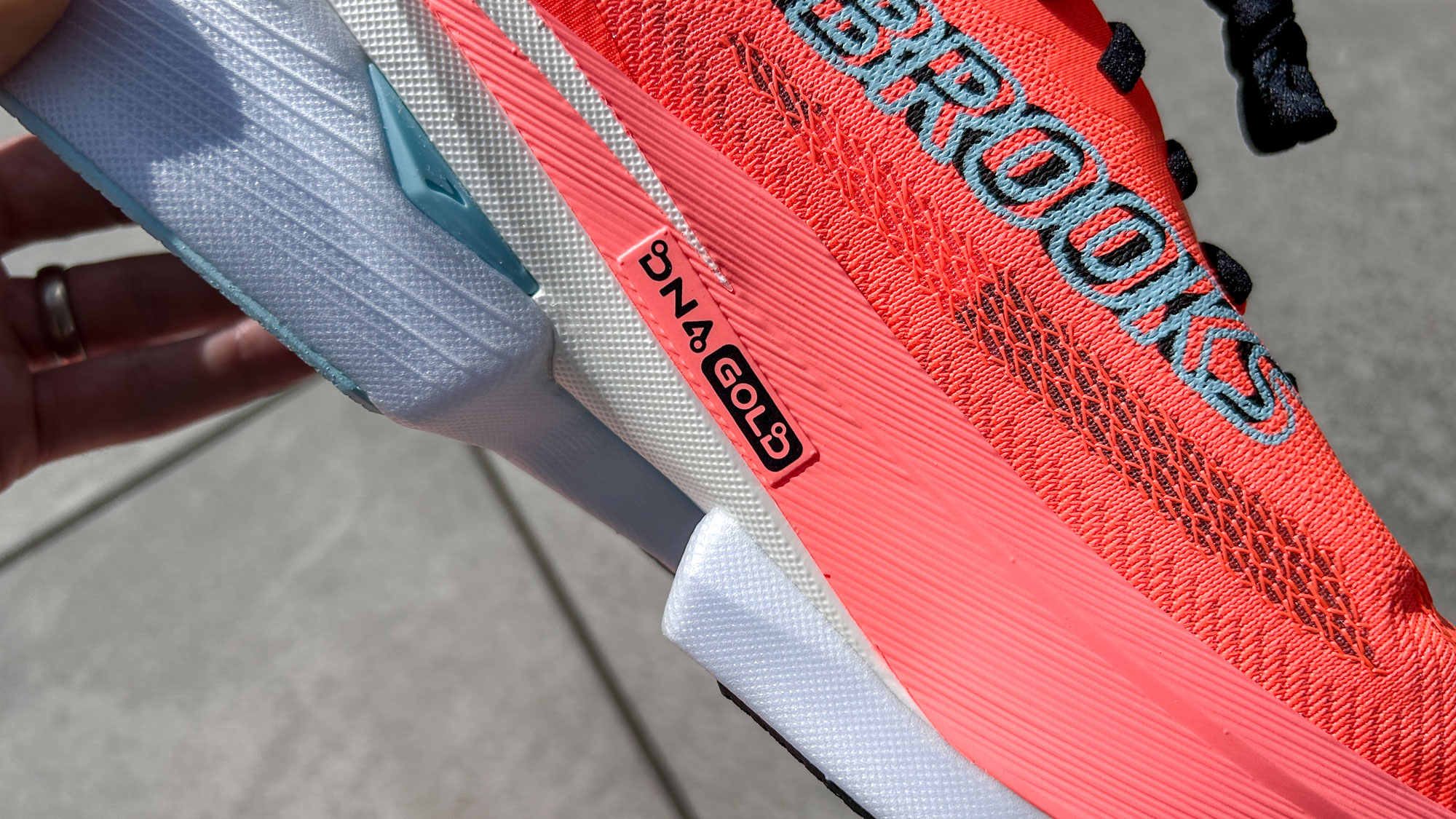
However, the addition of DNA Gold is just one of the many changes Brooks made to the Hyperion Max 3, and overall, I’ve been a little disappointed and confused by the shoe.
It’s now quite heavy and doesn’t feel great for faster runs, and certainly lacks the pace you get from the best plated trainers like the Saucony Endorphin Speed 5 and Hoka Mach X2.
Even the bounce of the ride is muted because of the bottom layer of foam on the shoe, which does help it be quite stable for such a high-stack shoe, but it dulls the ride compared to springier options like the Mizuno Neo Vista 2.
Ultimately, the Hyperion Max 3 ends up being a very cushioned shoe for easy and long runs, which is fine, but it doesn’t justify its high price, and there are better options available for less, whether you just want a comfortable daily trainer or a versatile, plated super-trainer.
Should you buy the Brooks Hyperion Max 3?
There are too many excellent running shoes available right now for me to say the Brooks Hyperion Max 3 is worth buying, especially for the lofty price of $200.
If you want a highly versatile plated trainer that works well for fast and slow runs alike, I recommend the Nike Zoom Fly 6, Hoka Mach X2, and Saucony Endorphin Speed 5 in particular.
Those seeking a bouncy-plated shoe that excels on long runs will find it in the Mizuno Neo Vista 2, which I enjoyed more than the Hyperion Max 3 for easy efforts.
You can also get cushioned daily trainers without plates for a lot less than the Hyperion Max 3 that are great for easy and long runs, like the Asics Novablast 5 and Hoka Clifton 10.
If the $200 price doesn’t put you off, I’d spend that money on the Asics Superblast 2 instead, which is a max-cushioned shoe that’s still very light and fun to run in at any pace.


